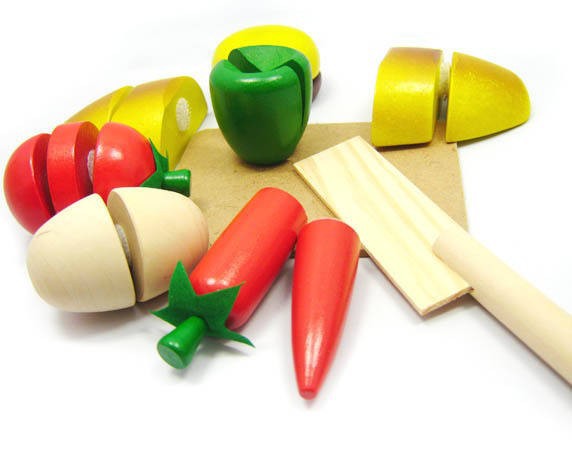It is advisable to assign an allowance to children to learn to manage your own money. We live in a consumer society, and from small children receive messages through television and the environment surrounding them starts their desire to own the latest toys. Positive values on the family finances the kids are instilled from small and we as parents have a responsibility to educate them to preach by example.

Let’s look at 5 good ways to educate younger on savings:
- A good idea is to give them a piggy bank from small gets used to saving. Convert any household task a challenge for the child and reward him with a coin for your piggy bank serves to enhance the value of work and, in turn, saving.
- However, it is not enough trust to follow the example of their parents, so it is necessary to talk to them and explain how money works. Let them understand that their parents receive monthly cash for work and that money has to be used to pay for things like home, car, school, food, etc.
- Do not wait for a special occasion to talk with the child about saving. Life is full of opportunities to train your child in a good saver for tomorrow. What better time to explain the savings and expenses that help us make the shopping list, accompanying the supermarket, looking water bills and light.
- Your children will learn the value of money if you allow them to manage theirs. A formula to achieve this is to assign a weekly pay according to their age and needs. Thus, the child himself will be responsible for organizing and spending as necessary, establishing an order of priorities. Understand and explanations of their parents on managing money monthly receiving in their work.
- The almost daily whims of the little ones can be useful to encourage savings. Fix a toy or a trip as a reward you can convince your child to use part of their pay for that purpose. Nothing more beneficial to the child’s self esteem to see your savings grow and finally achieved his long-cherished goal.
- It is also advisable to raise awareness among children about the harms of excessive consumerism and teach them to understand the meaning of advertising. Ultimately, it is the children encourage responsible consumption, showing the various brands of the same product and making them see the difference in price between them.







